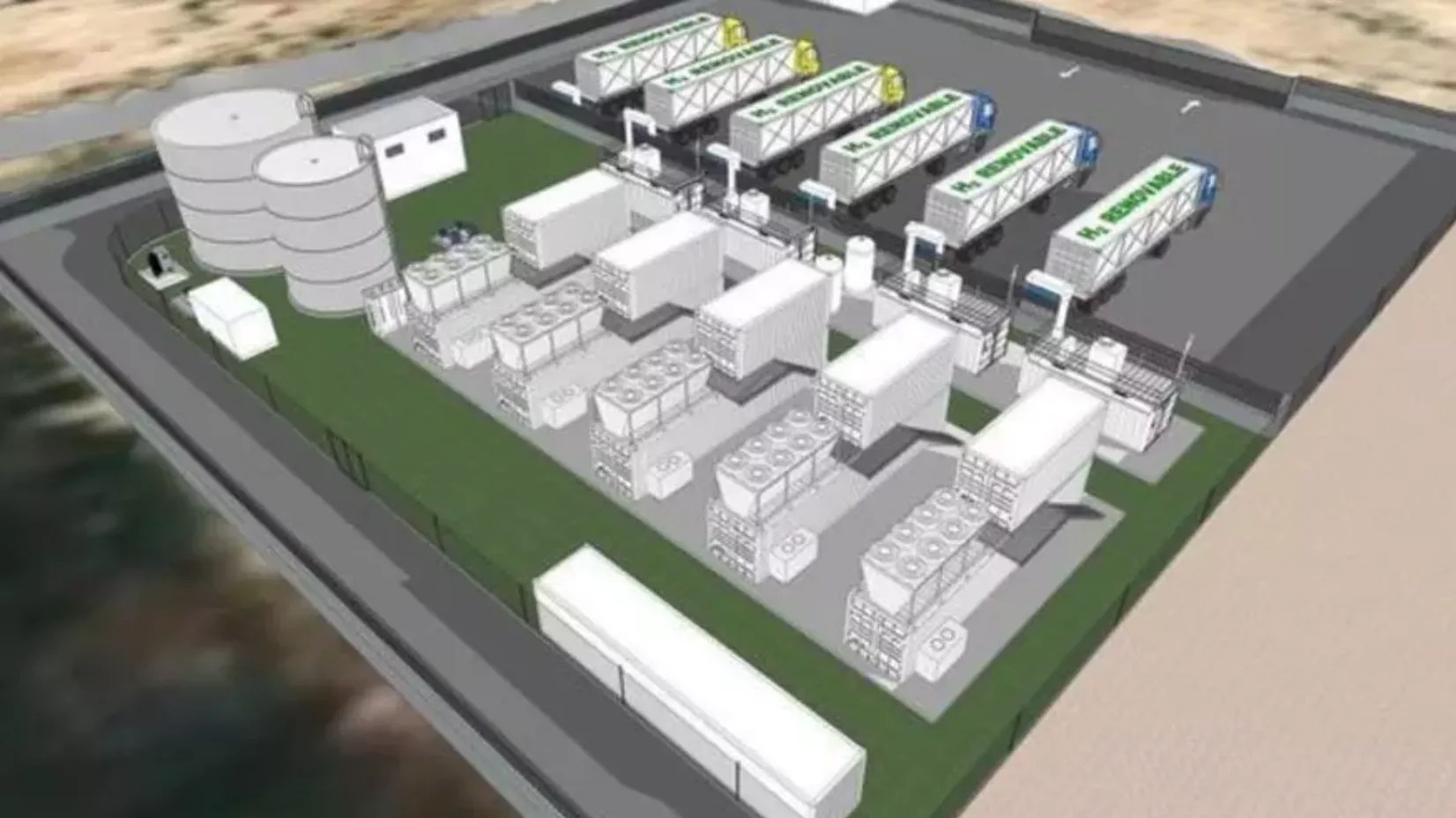SANTA CRUZ DE TENERIFE, July 27. (EUROPA PRESS) –
The artist from Madrid, Alejandro Sanz, has shown his most humane side, expressing his support for the people of La Palma affected by the volcano of La Palma, which erupted on September 19 at Cumbre Vieja and which continues to leave consequences to this day, when Ten months have passed since the start of the emergency.
For this and coinciding with the week in which the last concert of his tour of Spain ‘Sanz en Vivo’ is held in La Palma (Saturday, July 30), the artist has donated an amount of 50,000 euros to the Red Cross, intended for the recovery projects that the Organization develops in favor of the affected people.
With this solidarity initiative, in addition to contributing to the recovery of the island, it is about remembering the situation still suffered by the population affected by the volcanic eruption.
After the lava passed through much of the Aridane Valley, many families not only lost their homes, but also lost their businesses and jobs.
From the beginning and during the three months that the emergency phase lasted, the Red Cross mobilized nearly 500 people from its territorial network and all the necessary resources to help the affected population, offering basic necessities: food, hygiene items , clothing, temporary shelter and psychosocial care, among other activities. His performance in this period reached more than 10,400 attentions.
Subsequently, after the eruption of the volcano on December 13, the Red Cross adopted the commitment to continue working for the recovery and for the construction of resilience of the palm people, through a comprehensive response plan, with a portfolio of projects (in terms of education, employment, social inclusion, environment, health and relief) for the next three years.
Currently, the Red Cross has projects underway that support the improvement of employability or the recovery of livelihoods affected by the eruption, especially agriculture. They also address the needs of specific groups, working for the educational success and emotional well-being of children and young people, as well as healthy lifestyles for the elderly. Soon environmental actions will also begin, the management of community gardens that facilitate physical activity and food security or disaster risk reduction.
In short, with this recovery plan, the Organization tries to delve into improving the situation of those people who until then had a prosperous life and who suddenly found themselves at risk of exclusion, but also with groups that were already in social vulnerability before the eruption and that the disaster exacerbated that situation.

















